Retro Replay Review
Gameplay
The core of Dragon’s Lair on GBC remains true to its arcade origins, delivering a quick-time-event (QTE) experience that demands sharp reflexes and pattern memorization. Players take control of Dirk the Daring, guiding him through the perilous corridors of the mad wizard’s castle by pressing the correct button at precisely the right moment. Each encounter, whether dodging traps or confronting Singe’s minions, unfolds like an animated movie sequence, with failure often resulting in a dramatic, yet brief, death animation.
(HEY YOU!! We hope you enjoy! We try not to run ads. So basically, this is a very expensive hobby running this site. Please consider joining us for updates, forums, and more. Network w/ us to make some cash or friends while retro gaming, and you can win some free retro games for posting. Okay, carry on 👍)
While the original laserdisc arcade version was lauded for its fluid full-motion video, the GBC conversion cleverly translates those cinematic moments into sprite-based cutscenes. Despite a couple of missing frames here and there, the pacing remains snappy, and the challenge curve is well balanced. Early levels serve as tutorials—teaching timing cues and visual hints—before ramping up to tighter windows that test the player’s attention and memory.
Controls are surprisingly responsive on the Game Boy Color’s d-pad and face buttons, allowing for precise inputs even during fast-paced sequences. However, the reliance on trial-and-error can frustrate newcomers, as repeated failures hinge less on exploration and more on rote learning of patterns. For seasoned arcade veterans, though, this familiarity is part of the charm: mastering a sequence leads to a satisfying sense of progression and accomplishment.
Replayability is inherent to the QTE format. Once you’ve memorized the sequence of moves for each chamber and boss, you can blaze through the castle in record time. For completionists, there’s an added thrill in finding every hidden animation frame or sequence variation, even if some were omitted in this port. Ultimately, Dragon’s Lair on GBC thrives on its blend of cinematic presentation and reflex-driven gameplay, making each run feel like a personal triumph over Singe’s cunning traps.
Graphics
Considering the Game Boy Color’s hardware constraints, Dragon’s Lair’s visual presentation is nothing short of impressive. The development team has managed to capture the spirit of Don Bluth’s original artwork, translating hand-drawn frames into vibrant, pixelated renditions. Color palettes are bold and varied: fiery reds for Singe’s lair, cool purples for the wizard’s chambers, and lush greens in transitional hallways, giving each stage a distinct atmosphere.
Cuts between action sequences retain a sense of motion, even if a few animation cells are missing compared to the arcade version. While purists might lament the occasional skipped frame, most players will appreciate the overall fluidity and attention to detail packed into the small cartridge. Portraits of Dirk, Daphne, and Singe are crisply rendered, providing emotional cues that keep the story engaging despite minimal dialogue.
Sprite work during gameplay is clear and readable, ensuring you can distinguish traps like downward spikes or swinging axes with ease. Background details—such as flickering torches, crumbling stonework, and enchanted glyphs—add depth to each screen without overwhelming the GBC’s limited resolution. Transitions between scenes are handled with simple fades or cut animations, preserving the cinematic feel across each level.
Sound effects are concise and effective, though some arcade-quality samples have been swapped out for MIDI alternatives to conserve cartridge space. Despite this downgrade, the beeps, clangs, and ambient tones complement the visuals nicely, signalling successful inputs or imminent danger. In sum, Dragon’s Lair on GBC delivers a graphical performance that feels faithful to the source material while making smart concessions for the handheld platform.
Story
Dragon’s Lair follows the classic damsel-in-distress trope: Princess Daphne has been kidnapped by the fearsome dragon Singe and imprisoned in a foreboding castle. As Dirk the Daring, you embark on a perilous quest to rescue her, traversing booby-trapped halls and magical chambers. The narrative unfolds through brief cutscenes, each serving as a motivation booster before the next round of QTE challenges.
Although the plot is fairly straightforward, it’s elevated by charming presentation and moments of tongue-in-cheek humor. Dirk’s clumsy bravado, Daphne’s panicked expressions, and the wizard’s cackling laughter all add flavor to what could otherwise be a barebones rescue mission. The game leans into its fantasy roots, featuring enchanted suits of armor, roller-skating skeletons, and spectral guardians that reflect the mad wizard’s unhinged creativity.
Dialogue is sparse, relying instead on visual storytelling and evocative animations to convey dramatic stakes. Each successful button press doesn’t just progress gameplay—it reveals a bit more of the castle’s mysteries or teases the next peril. For players who grew up on narrative-driven adventures, the story may feel rudimentary; yet, its simplicity ensures that attention stays fixed on the action and the immediate goal of saving Daphne.
By the time you reach the climactic showdown with Singe, the sense of narrative momentum is palpable. Even though you know the ultimate outcome from the outset, the twists—such as unexpected traps or mid-fight surprises—keep the story from feeling stale. Dragon’s Lair on GBC may not rewrite the hero’s journey, but it honors its source material by delivering a succinct, memorable fairy tale of courage and perseverance.
Overall Experience
Dragon’s Lair on Game Boy Color offers a nostalgic trip back to the heyday of arcade gaming, packaged into a portable format that’s both accessible and challenging. Its QTE-based gameplay provides a different flavor from traditional platformers or RPGs, focusing on split-second decision-making rather than exploration or combat depth. This makes it an ideal pick-up-and-play title for short bursts of gameplay, with the added motivation to improve through repeated runs.
The visual and audio compromises required for the GBC conversion—namely missing animation frames and MIDI sound replacements—are minor when viewed in context. What remains is a remarkably faithful adaptation of Don Bluth’s original vision, complete with eye-catching sprites and atmospheric backdrops. While the game’s length is modest, clocking in at around 30 to 45 minutes for a first full playthrough, its high replay value and collectible secrets extend its lifespan considerably.
Difficulty will vary depending on your tolerance for trial-and-error mechanics. Newcomers may find themselves dying repeatedly as they learn each sequence, while veteran players can zip through levels with practiced precision. Either way, each attempt feels rewarding, thanks to tight controls and immediate visual feedback. The sense of accomplishment when you finally rescue Princess Daphne is a classic gaming high point that stands the test of time.
In conclusion, Dragon’s Lair on GBC is a must-have for fans of the original arcade sensation and for collectors of retro handheld games. It strikes a careful balance between honoring its arcade roots and adapting to the limitations of the Game Boy Color. Though it may not appeal to every modern gamer, those seeking a bite-sized, visually striking challenge will find much to admire in Dirk the Daring’s animated adventure.
 Retro Replay Retro Replay gaming reviews, news, emulation, geek stuff and more!
Retro Replay Retro Replay gaming reviews, news, emulation, geek stuff and more!
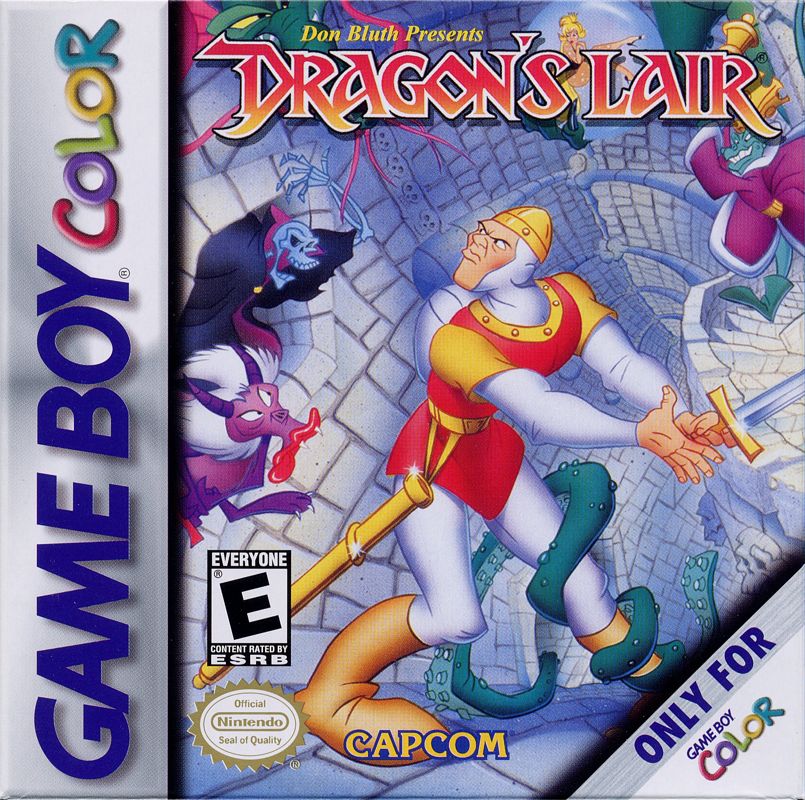
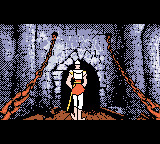
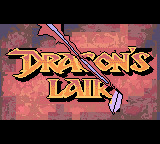
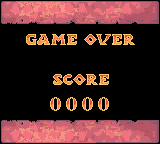
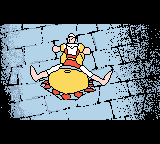
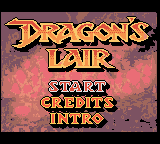



Reviews
There are no reviews yet.